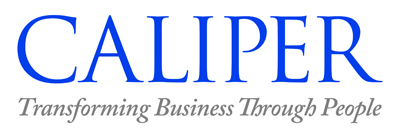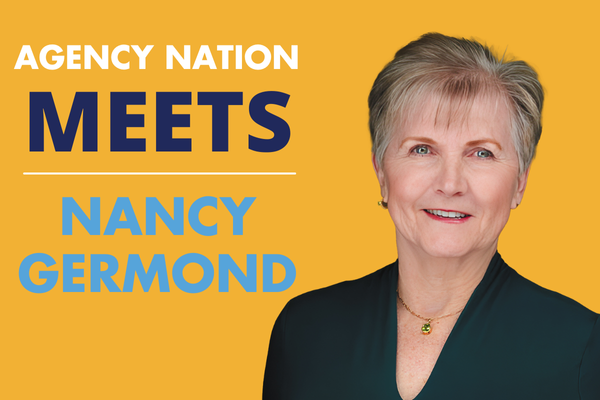The Vital Tension: Managing Multigenerational Teams

According to Fortune, more than 13 million workers will be 65 or older by 2022. That’s up 7.3 million from today—and already, more than one-third of the U.S. workforce is made up of baby boomers.
What does the ongoing presence of retirement-age workers mean for intergenerational teams in the workplace?
The multigenerational dynamic can either cause conflict or lead to cooperation, collaboration and a more balanced team. CBS Money Watch recently quoted a blog post from career management blog Careerealism: “By having a multigenerational workforce, blind spots can be avoided to a large degree. A clear example is the issue of technology. The young bulls want to have technology, technology and more technology. The older bulls can put a quash on making the company technology-based for technology’s sake. This vital tension means that essential technology will be implemented, but non-essential technology will not—at least ideally.
Also, younger workers are more likely to take risks that can benefit the company if there is a safety net of older workers to catch them if they fall. Conversely, older workers can rapidly fall behind the times and be beat by competitors if they don’t keep up. A multigenerational workforce lets each generation do what they do best, without a fear that something will be missed.”
This vital tension creates an opportunity for team members of all ages to share their own unique perspectives, approach each problem differently and offer solutions that may have not been considered before. Understanding each person’s personality creates a gateway into their work style and problem-solving methods. A focus on individual values and personality—as opposed to generalizations about groups—is the foundation for unleashing the power of diversity in the workplace.
This type of discussion facilitates team development. Development is ongoing—it should begin with the current team or at the time of hire and continue throughout the company—and it can be customized and tied directly to your company’s goals and objectives, for both revenue growth and employee retention.
The implications are endless, but one thing is certain: No matter the company or the industry, in cases where employees are working in multigenerational teams, it’s imperative to implement team development programs. With regard to organizational strategy, it’s important to pinpoint potential team issues before they hinder productivity—which is where leaders can implement team discussions around projects.
Older employees can offer endless value and experience to their companies, and younger workers can bring fresh perspectives to age-old processes. Keeping up in a world that’s ever-changing requires investing in the people who will take your company forward—in addition to understanding how each unique individual contributes to your bottom line, regardless of their age.










